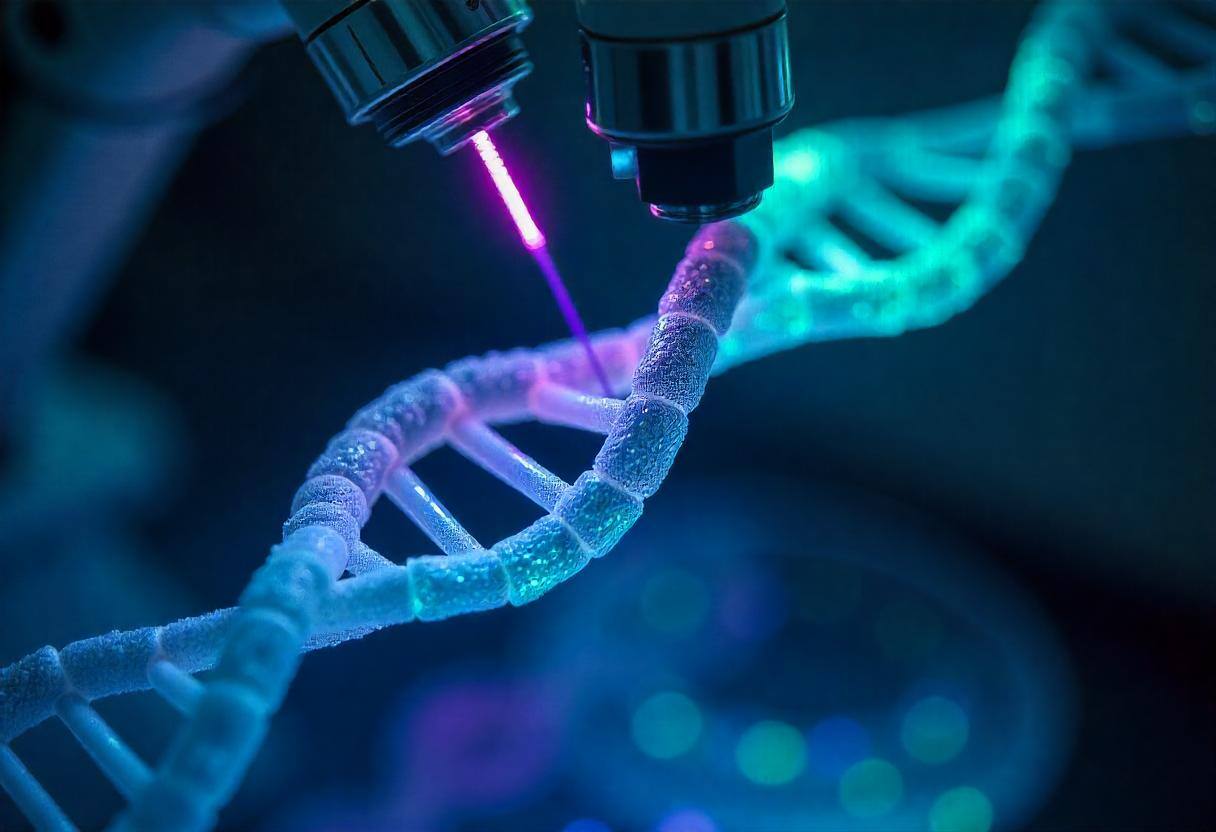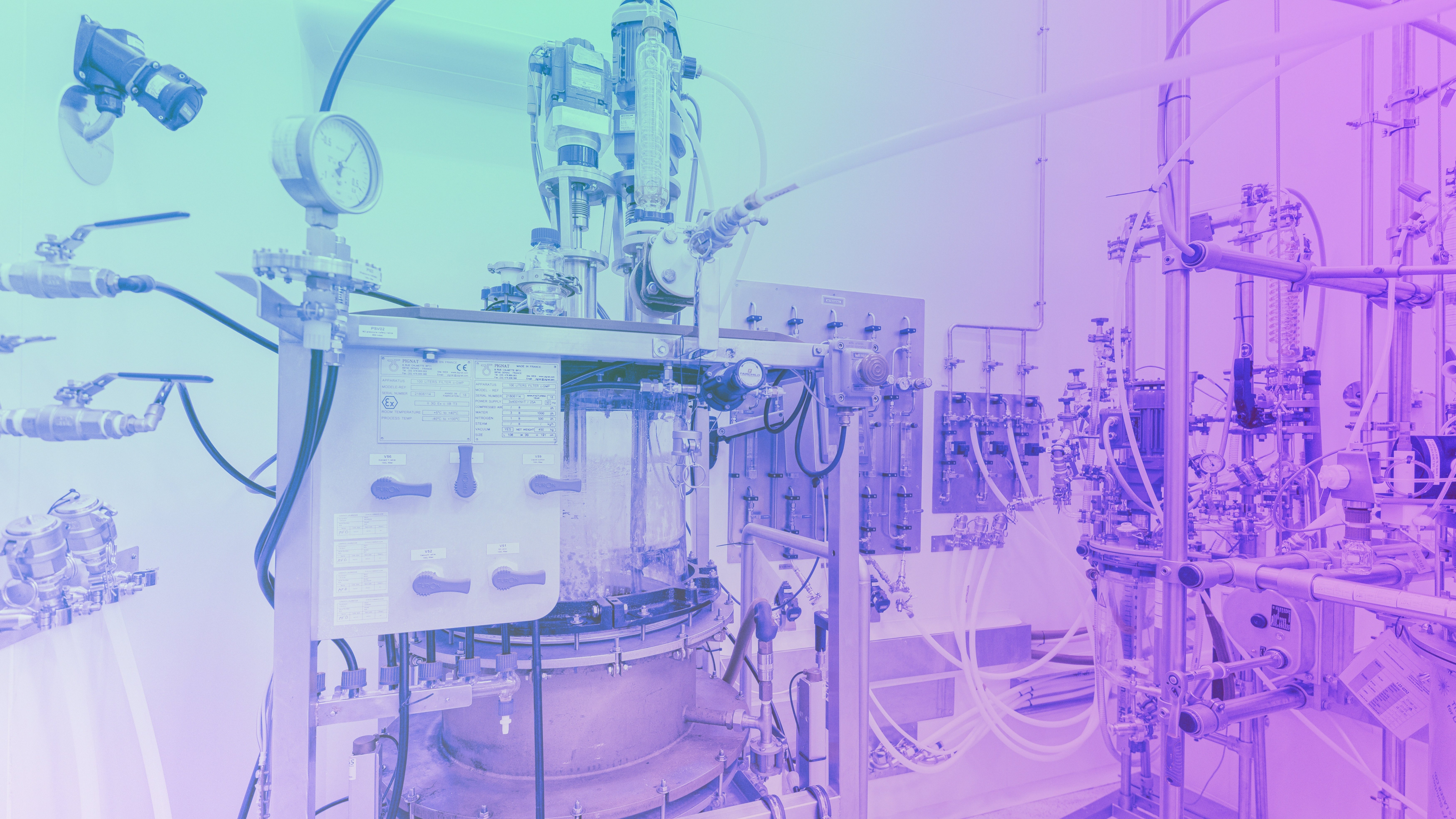Peptides have emerged as promising therapeutic agents due to their high specificity and biocompatibility. However, their effective delivery remains a major challenge, as they are prone to rapid degradation and struggle to cross cellular membranes. Recent advances in drug delivery systems have addressed these issues, enhancing the stability, bioavailability, and efficacy of peptide-based therapies.
In this new article ,we explore the success story of semaglutide and the solutions that Curapath offers and can develop to improve the delivery of these therapeutic peptides.
The success of Semaglutide
One of the most successful examples is semaglutide, a glucagon-like peptide-1 (GLP-1) receptor agonist used for type 2 diabetes and obesity treatment. The drug is commercialized by Novo Nordisk in three different formulations: Ozempic, a once-weekly injectable for type 2 diabetes; Wegovy, a higher-dose injectable approved for weight management; and Rybelsus, the first oral GLP-1 receptor agonist for type 2 diabetes. Semaglutide stimulates insulin secretion, reduces blood glucose levels, slows gastric emptying, and promotes satiety, contributing to weight loss.
Traditionally, peptide therapeutics required frequent injections due to their short half-life. However, semaglutide overcomes this limitation through strategic structural modifications, increasing its stability and extending its half-life to allow for once-weekly dosing.
However, significant advancements in peptide chemistry and drug delivery have enabled the development of the following innovative solutions:
Advancing peptide therapeutics
Recent advancements in nanoparticle-based delivery systems and bioconjugation strategies are addressing the obstaclesof peptide delivery, enhancing the stability, bioavailability, and targeting efficiency of peptide drugs.
Nanoparticle-Based Delivery Systems
Nanoparticles offer a promising approach to protect peptides from enzymatic degradation and facilitate targeted delivery. By encapsulating peptides within nanoparticles, it is possible to improve their stability and control their release profiles. Functionalizing these nanoparticles with specific ligands enables targeted delivery to desired tissues or cells, thereby enhancing therapeutic efficacy and minimizing off-target effects.
Bioconjugation Strategies
Bioconjugation techniques involve the covalent attachment of peptides to various molecules, such as polymers, lipids, or other peptides, to improve their pharmacokinetic properties.
All the above strategies can enhance peptide stability, prolong circulation time, and facilitate targeted delivery. For instance, conjugating peptides to polyethylene glycol (PEG) or PEG alternatives can reduce immunogenicity and renal clearance. Furthermore, the PEG Alternatives developed and offered by Curapath, with an extensive range of options, can reduce immunogenicity, lower renal clearance, and improve biocompatibility, making them ideal for enhancing the therapeutic efficacy of peptide-based drugs. Additionally, attachment to cell-penetrating peptides can improve cellular uptake
Curapath's Expertise
At Curapath, we specialize in developing advanced nanoparticle platforms and employing state-of-the-art bioconjugation techniques to enhance peptide drug delivery, among other APIs. Our expertise includes designing nanoparticles, micelles or other kind of customized innovative nanocarriers that protect peptide therapeutics from degradation, optimizing release profiles, and functionalizing surfaces for targeted delivery. Through innovative bioconjugation strategies, we improve the pharmacokinetics and targeting capabilities of peptide-based therapies, ensuring higher efficacy and reduced side effects.
If you want to know more about Curapath nanoparticle and nanocarrier formulations expertise you can reach out or check this page:
👇👇👇👇
Nanoparticle formulation capabilities
If you want to know more abour Curapath bioconjugation expertise you can reach out or read the full article here:
👇👇👇👇





.jpg)